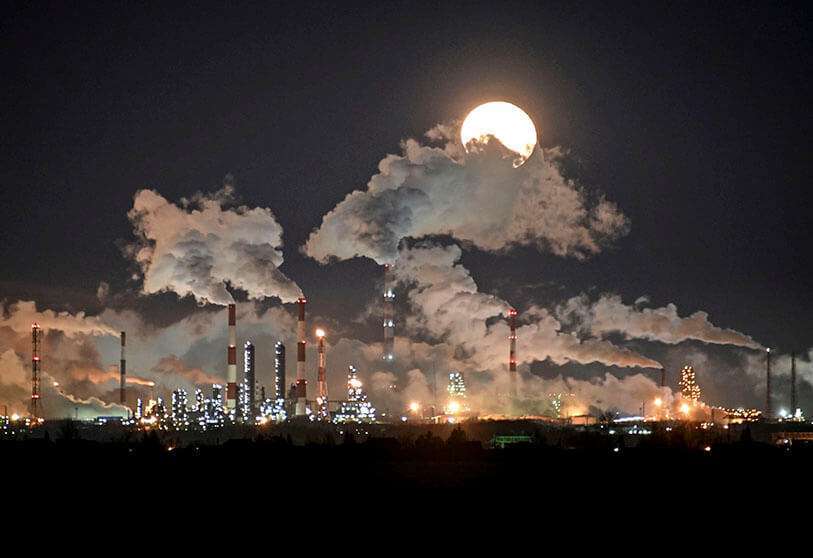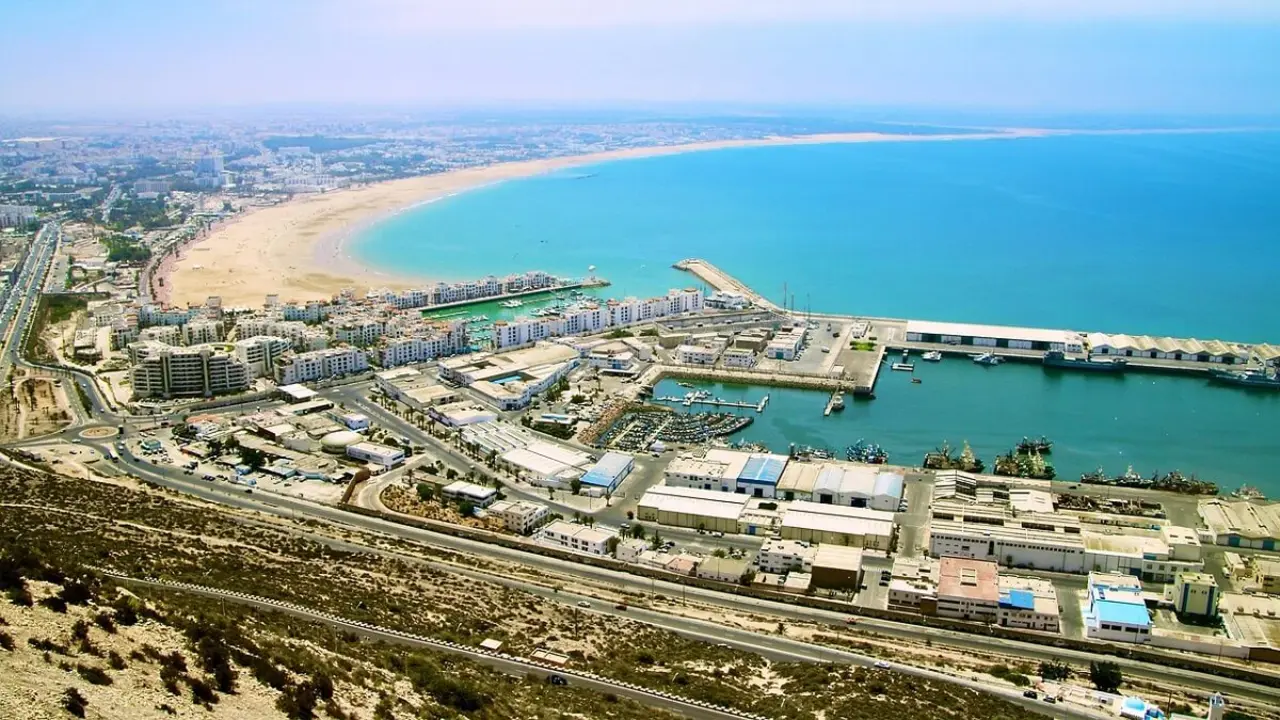The Russian oil price peak: what does it mean for markets?

What impact will the $60 per barrel cap on Russian crude oil imposed by the G7, Australia and the European Union have? According to an analysis by the Economic Research Department of Atradius published by Crédito y Caución, the short-term effects on Russia's revenues will be limited, but the mechanism increases the West's long-term influence over Moscow at the cost of increased volatility in world oil markets.
Oil has been at the centre of many of the Western sanctions linked to the war in Ukraine, as it accounts for more than 40% of Russia's federal budget revenues. According to the credit insurer's analysis, given that Russian crude typically trades at around $60, with a marginal cost of production of around $40, the cap keeps the price at historic levels. The measure aims to keep the flow of Russian oil on the world market constant by avoiding extraordinary dividends from higher prices.

"Our baseline scenario is that Russia will continue to redirect most of its crude oil exports to China, India and Turkey, among others, previously destined for the EU and G7 countries," explains Atradius economist Dana Bodnar. Russia can sell oil to India or China at whatever price it agrees as long as all associated transport and financial services are provided by non-EU and non-G7 countries. However, given the Western dominance of these services, Russia will only be able to partially circumvent the price cap. Vessels owned or insured by Western countries will only be able to legally transport Russian crude oil sold below the $60 threshold. "Although Russia has been expanding its own fleet, it is nowhere near large enough to cover its significant export needs," she adds.
The real challenge for Russia is the loss of EU and G7 markets, which will not be completely replaced by additional demand from India, China and other countries. Crédito y Caución estimates a 12% drop in Russian production by 2023. "Cutting exports is risky for Russia. Prices would temporarily rise, but given that the war in Ukraine is unlikely to end soon, we expect global markets to rebalance at the expense of Russia's share of global production. It could also lose influence in OPEC+," Bodnar explains. In the longer term, the international community has established a framework for further collective action to lower this price cap to put more pressure on Russia in the future. "This will be a complex diplomatic task, as it will likely mean higher oil prices for already hard-pressed Western consumers," she adds.

Against a backdrop of slowing demand in most major economies as the global economy approaches recession, the credit insurer's current forecast is for oil prices to fall slightly in 2023, to around $92 per barrel Brent, despite pressure from OPEC+ to prop up prices. However, Crédito y Caución warns that oil markets are increasingly volatile. After years of oversupply and underinvestment, there is little room for the market to balance in the event of a downturn. Stronger than expected demand growth in China as COVID restrictions are eased or a disruption from Russian retaliation or more aggressive Western pressure could cause sharp swings in the global oil price.








